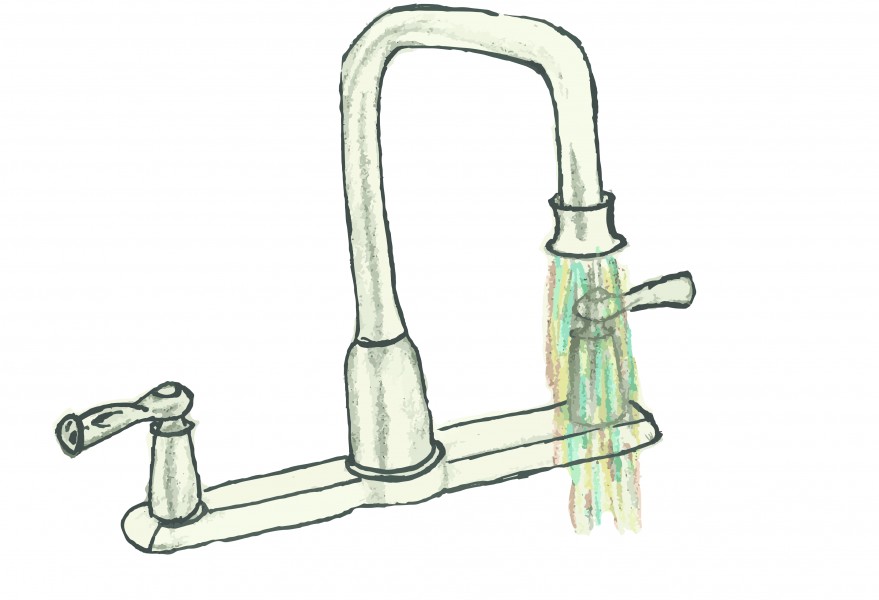Improving water infrastructure must be local, national priority
A boil water advisory went into effect for the east bank of New Orleans on Sept. 20, warning residents of potentially contaminated drinking water. The situation was an inconvenience for students and staff at Tulane, but the problem of contaminated water is becoming increasingly serious.
Though the advisory was lifted 27 hours after being announced, the underlying issues that caused it, namely New Orleans’ aging infrastructure, continue to pose a threat to the well-being of the community. This problem reflects a trend impacting cities nationwide as local governments fail to make the investments necessary to maintain crucial services.
A power outage lasting 20 minutes caused the constant pressure in New Orleans’ water lines to drop below 15 pounds per square inch, meaning there was not enough pressure to keep potentially contaminated groundwater from entering the aging pipes through cracks. The city was forced to issue a boil water advisory. It was the 12th such advisory issued in New Orleans since 2010.
Recent studies have indicated that New Orleans’ outdated water pipes have contributed to unhealthy blood lead levels for children who drink tap water, which can impair cognitive ability. Lead contamination has been worsened by recent construction projects. City officials say they do not know where all the city’s lead service lines are located.
New Orleans’ 3,200 miles of sewer and water lines have been in need of repair since before Hurricane Katrina. Following the extensive damage caused by Katrina, New Orleans received a federal hazard mitigation grant for $141 million, intended to repair the pipe system. More than a decade later, these projects are still far from complete.
New Orleans is not alone among U.S. cities struggling to maintain vital water infrastructure. A water main breaks in the U.S. approximately every two minutes, which is concerning considering 90 percent of Americans get their water from public water systems.
Nationwide, this problem is caused by growing populations combined with aging water pipes, many of which date back to the mid-20th century. Rising sea levels and increasingly common natural disasters also put strains on water systems.
The U.S. government has not kept up with the growing need for repairs. Federal spending on water facilities has not increased since the 1980s, and it is estimated that fixing the problem will cost at least $105 billion over the next nine years.
Contaminated water is dangerous, especially to infants, children and the elderly. Boil water advisories can make it difficult for people to perform daily activities as simple as brushing their teeth. This issue goes beyond party lines. Ninety-five percent of Americans support greater investment in water infrastructure.
By failing to address the dangerous disrepair of water lines, governments, at both a local and national level, fail to meet the needs of their citizens. Immediate investment in infrastructure is imperative to the well-being of everyone.
This is an opinion article and does not reflect the views of The Tulane Hullabaloo. Madeline is a sophomore at Newcomb-Tulane College. She can be reached at mninno@tulane.edu.
Your donation will support the student journalists of Tulane University. Your contribution will allow us to purchase equipment and cover our annual website hosting costs.



